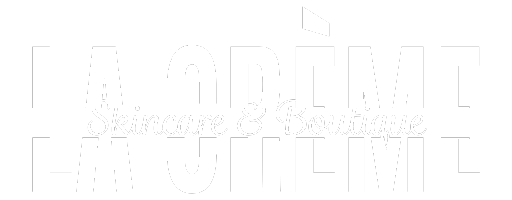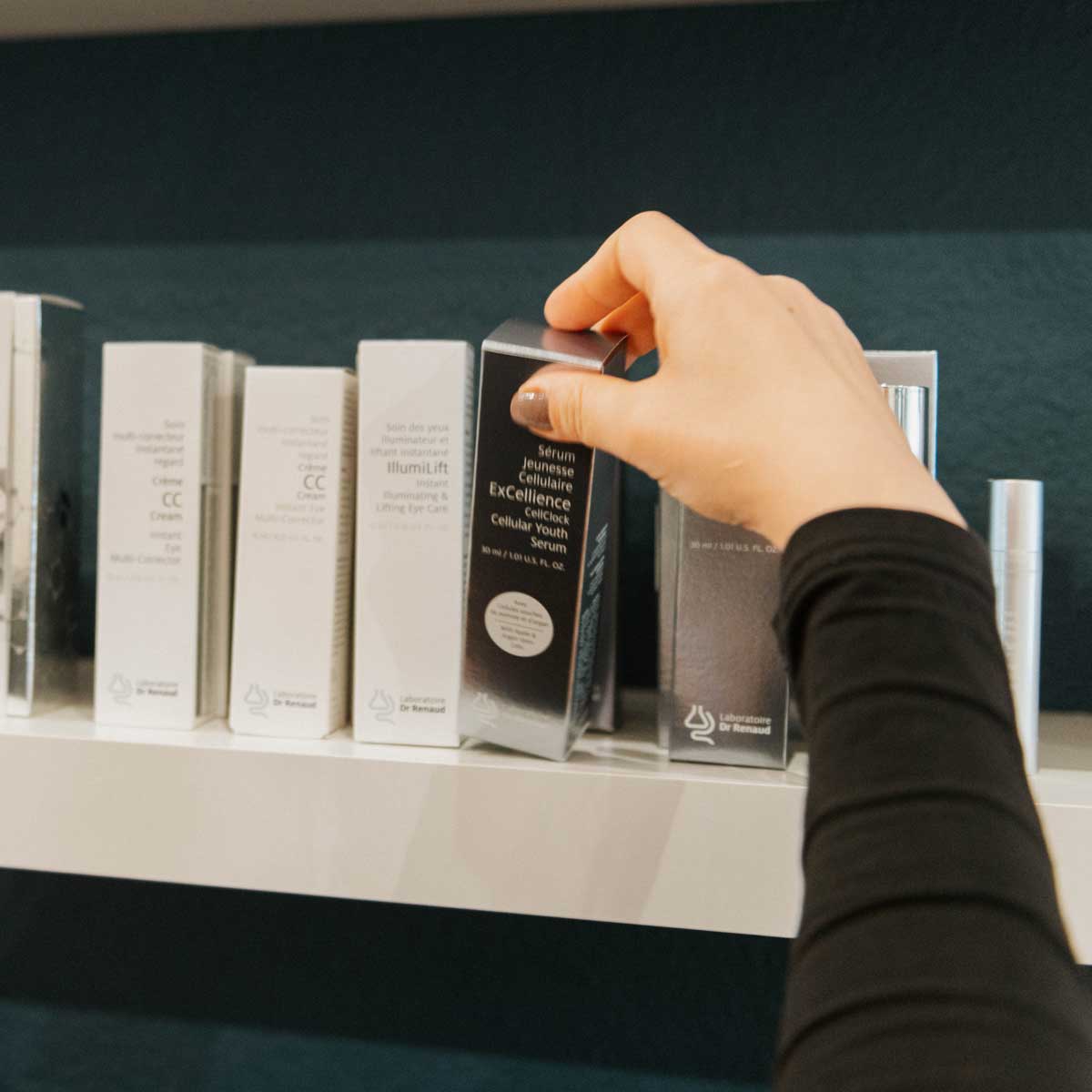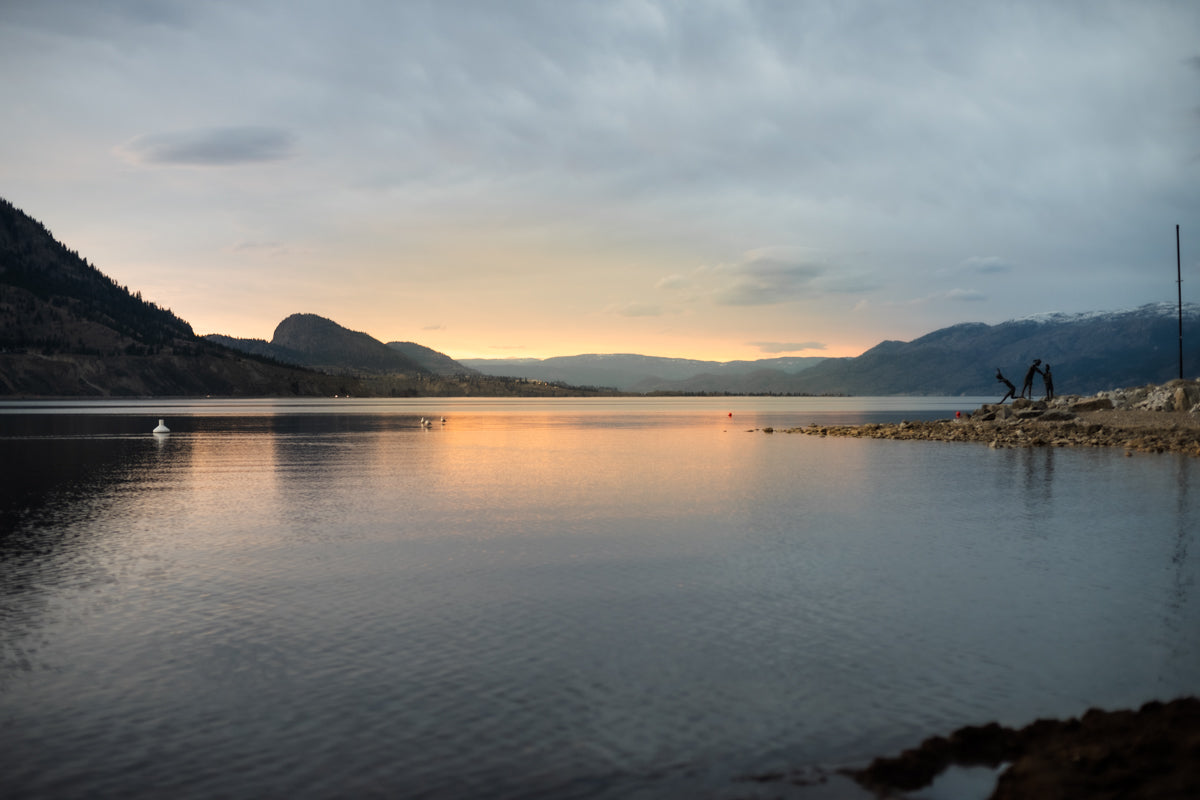Fall Skincare for Young Skin in the Okanagan: How to Prevent Breakouts and Maintain Balance
Hello, my dears!
I often hear this question from my younger clients:
"What's happening to my skin when fall arrives? After summer it just feels tired, and the breakouts come back!"
And I completely understand your concerns.
After a sunny season filled with warmth and golden tans, our skin goes through real stress. For young skin, this transition can be especially challenging. Summer may leave behind more than just memories—it can bring dehydration, clogged pores, and post-sun breakouts. But don't worry—I'm here to help you understand what's happening and guide you through creating the perfect fall skincare routine to restore balance and glow!
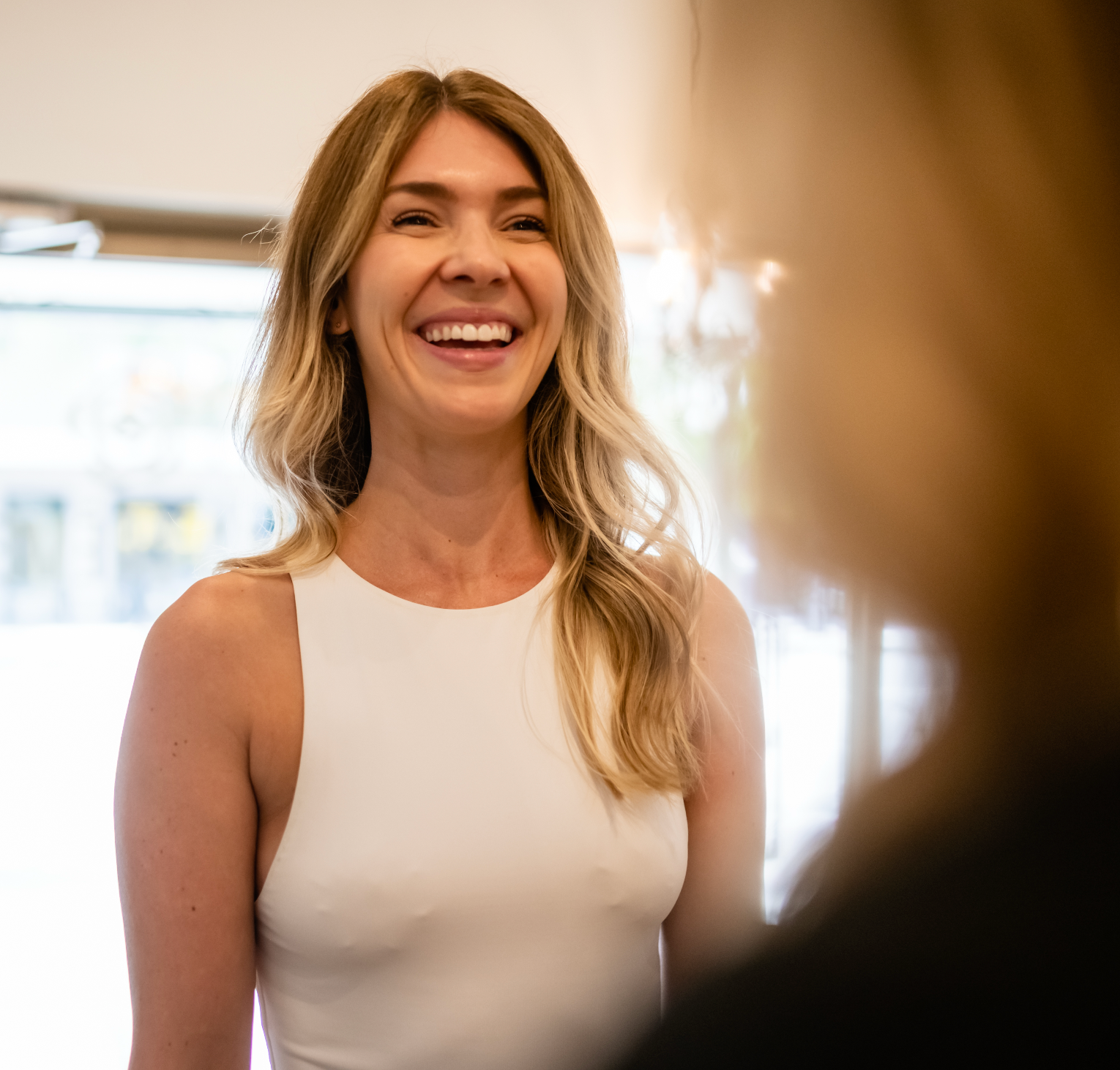
Why Young Skin Needs Special Care in the Fall
Let's be honest: fall isn't just about leaves changing—it's a major period of adjustment for your skin. And for young skin, which is often oily or acne-prone, this seasonal shift can be intense.
Heat, UV rays, and clogged pores: what summer leaves behind
While we love the sunshine, it can push the skin into overdrive. Heat increases sebum production, and UV rays cause the outer layer of skin to thicken as a protective response. That thickened layer traps oil and dead skin cells, creating the perfect environment for breakouts. Plus, a summer tan can temporarily mask blemishes—only for them to return full force in the fall when your tan fades.
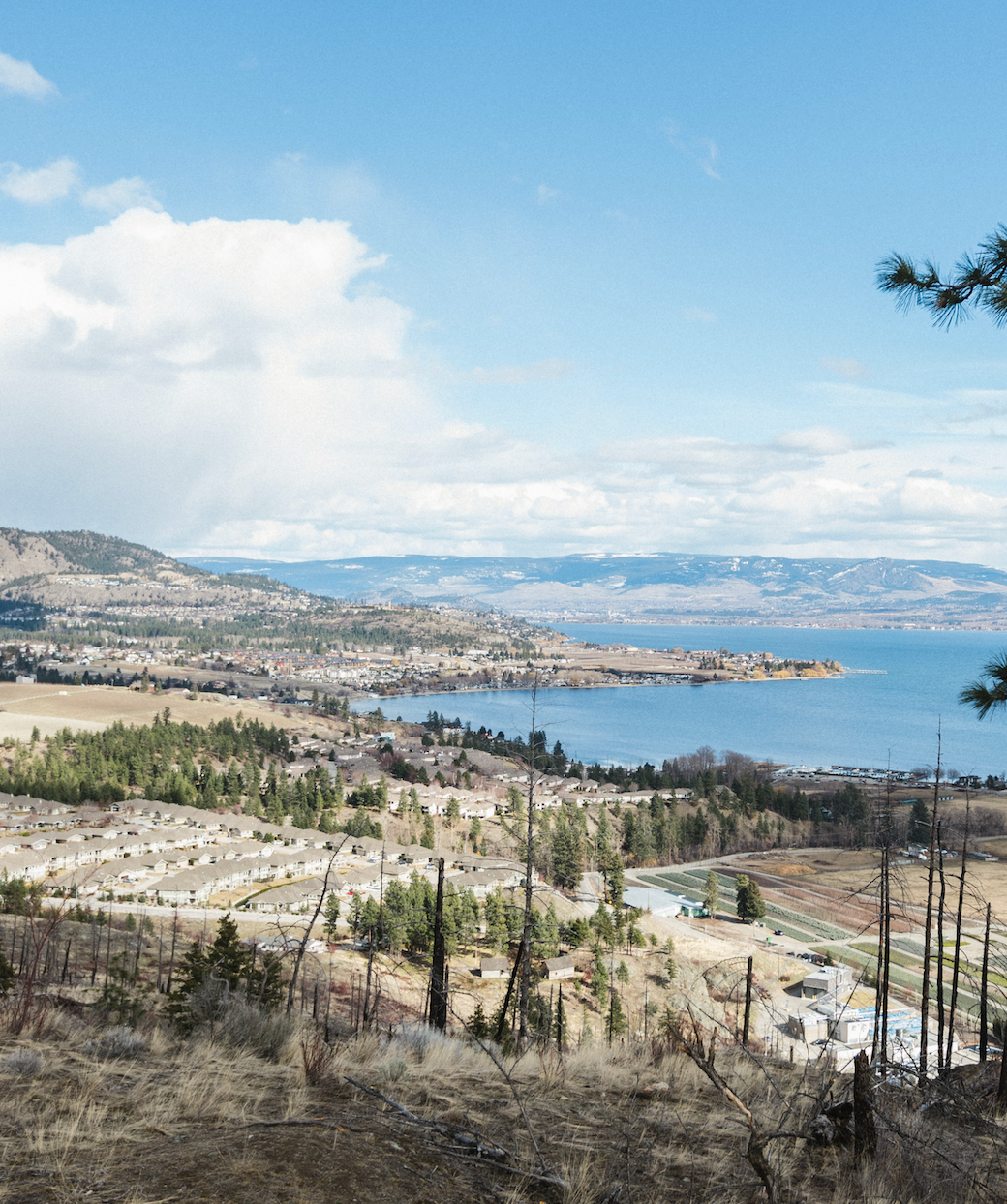
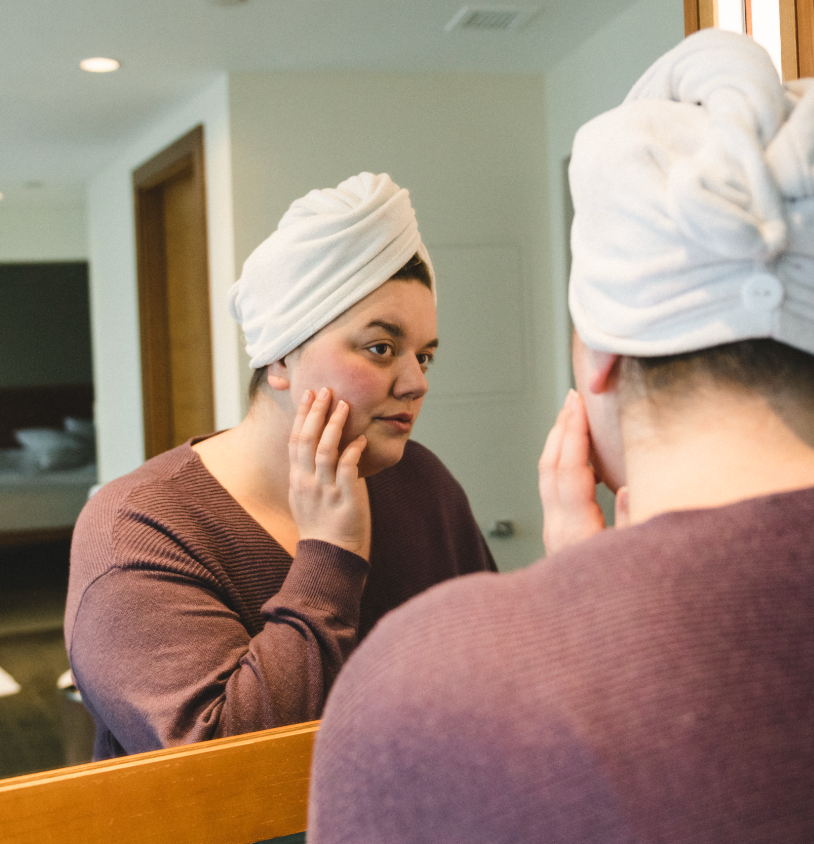
Autumn transition: temperature swings and dry air
Fall in the Okanagan is beautiful, but it brings colder winds and drier air—especially with indoor heating. Even oily skin can experience transepidermal water loss during this time. And when your skin barrier is compromised, it can trigger increased oil production to compensate, potentially leading to clogged pores and more breakouts.
Teen hormones and seasonal factors
If you're in your teens, hormonal fluctuations already play a big role in how your skin behaves. While research on direct seasonal hormone impacts varies, the combination of environmental stressors (temperature changes, dry air, return to school stress) can amplify skin sensitivity during fall transitions. Understanding this helps us create a calm, balanced routine that soothes and supports your skin.
How to Build an Effective Fall Routine: Expert Tips
Skincare isn't just a routine—it's your skin's conversation with the world. In the fall, this conversation needs to be gentler, more thoughtful. Let's walk through the essentials:
Gentle daily cleansing
You might've used stronger cleansers during summer to fight oil, but now your skin needs something more soothing. Choose gentle gel or foam cleansers without harsh sulfates. Your cleanser should clean—without leaving your face feeling tight or "squeaky."
Look for labels like "hydrating" or "for sensitive skin"—even if your skin is oily. Our Gentle Cleansing Gel is perfect for this transition—it removes impurities while maintaining your skin's natural moisture barrier.
Targeted ingredients to fight inflammation and irritation
Fall is the time to help your skin recover and stay clear. Focus on:
Niacinamide (Vitamin B3):
A hero ingredient for young skin. Clinical studies show it helps balance oil production, improve the appearance of enlarged pores, calm inflammation, and strengthen the skin barrier.
Zinc:
A powerful anti-inflammatory mineral that also helps regulate sebum production and has antimicrobial properties to minimize breakouts.
Salicylic Acid (BHA):
Oil-soluble and perfect for clearing out pores. Use low concentrations (0.5–2%) daily or as a spot treatment. Start with 0.5% if you're new to acids.
Azelaic Acid:
Great for acne-prone and sensitive skin. Research shows it's antibacterial, anti-inflammatory, and helps with post-inflammatory hyperpigmentation.
Remember: introduce active ingredients slowly and listen to how your skin reacts. Our BioAcne Serum with Niacinamide is formulated specifically for young, acne-prone skin and provides gentle yet effective results.
Lightweight but effective hydration
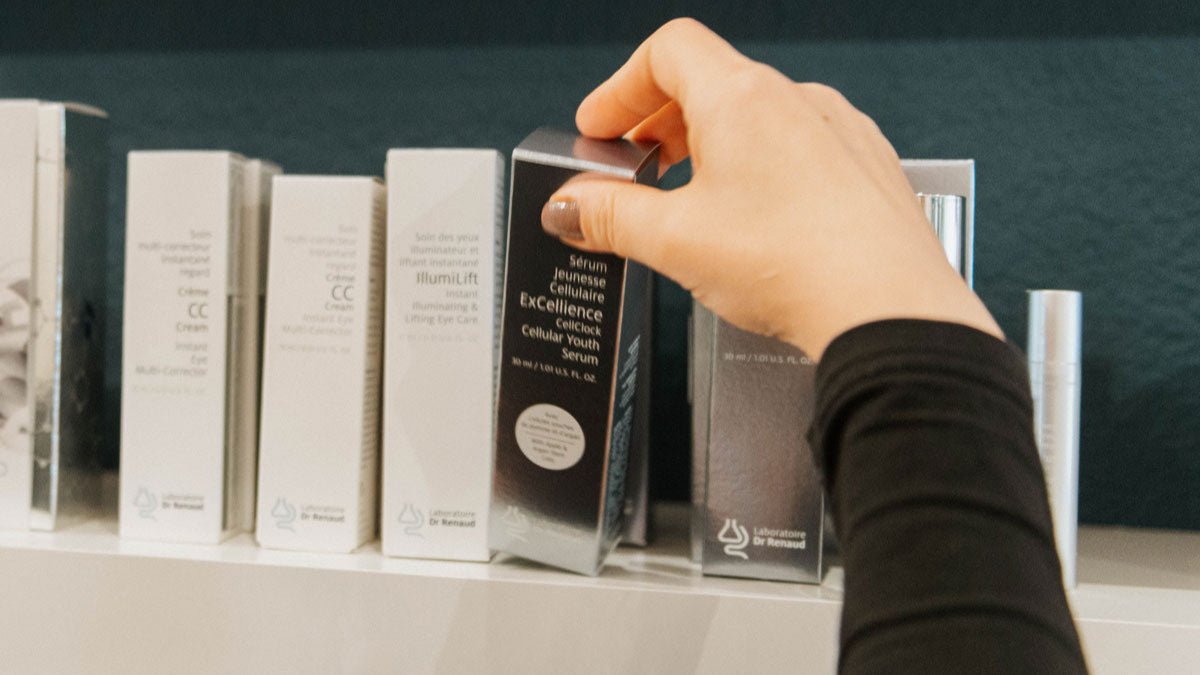
Yes—even oily or acne-prone skin needs hydration! Especially when the air gets dry in autumn.
Use lightweight gels, emulsions, or fluids. Look for hyaluronic acid—it's a humectant that can hold up to 1000 times its weight in water, providing hydration without clogging pores or feeling heavy.
Hydrated skin maintains a healthy barrier function—and a healthy barrier means fewer breakouts.
Local Tips for Skincare in the Okanagan Climate
How to combat low humidity and dryness
Fall air in the Okanagan is often dry—and indoor heating makes it worse. To prevent tightness or flaking:
- Add a hydrating serum under your moisturizer. Hyaluronic acid is your best friend here.
- Use a humidifier in your bedroom or workspace—especially at night. Aim for 40-50% humidity.
- Don't forget your lips! Use a moisturizing lip balm regularly to prevent dryness and cracking.
Why adapting to the local climate matters
The Okanagan's unique environment requires a personalized approach:
Wind protection:
If you spend time outdoors, a slightly richer (but still non-comedogenic) moisturizer can act as a protective barrier.
Gentle sun protection:
Yes, you still need SPF 30+ daily—even in fall. UV rays are present year-round and can still cause DNA damage and worsen post-inflammatory hyperpigmentation. Our Daily Protection SPF 30 provides broad-spectrum protection without clogging pores.
Fall air in the Okanagan is often dry—and indoor heating makes it worse. To prevent tightness or flaking:
- Add a hydrating serum under your moisturizer. Hyaluronic acid is your best friend here.
- Use a humidifier in your bedroom or workspace—especially at night. Aim for 40-50% humidity.
- Don't forget your lips! Use a moisturizing lip balm regularly to prevent dryness and cracking.
Adjusting product textures and frequency of treatments
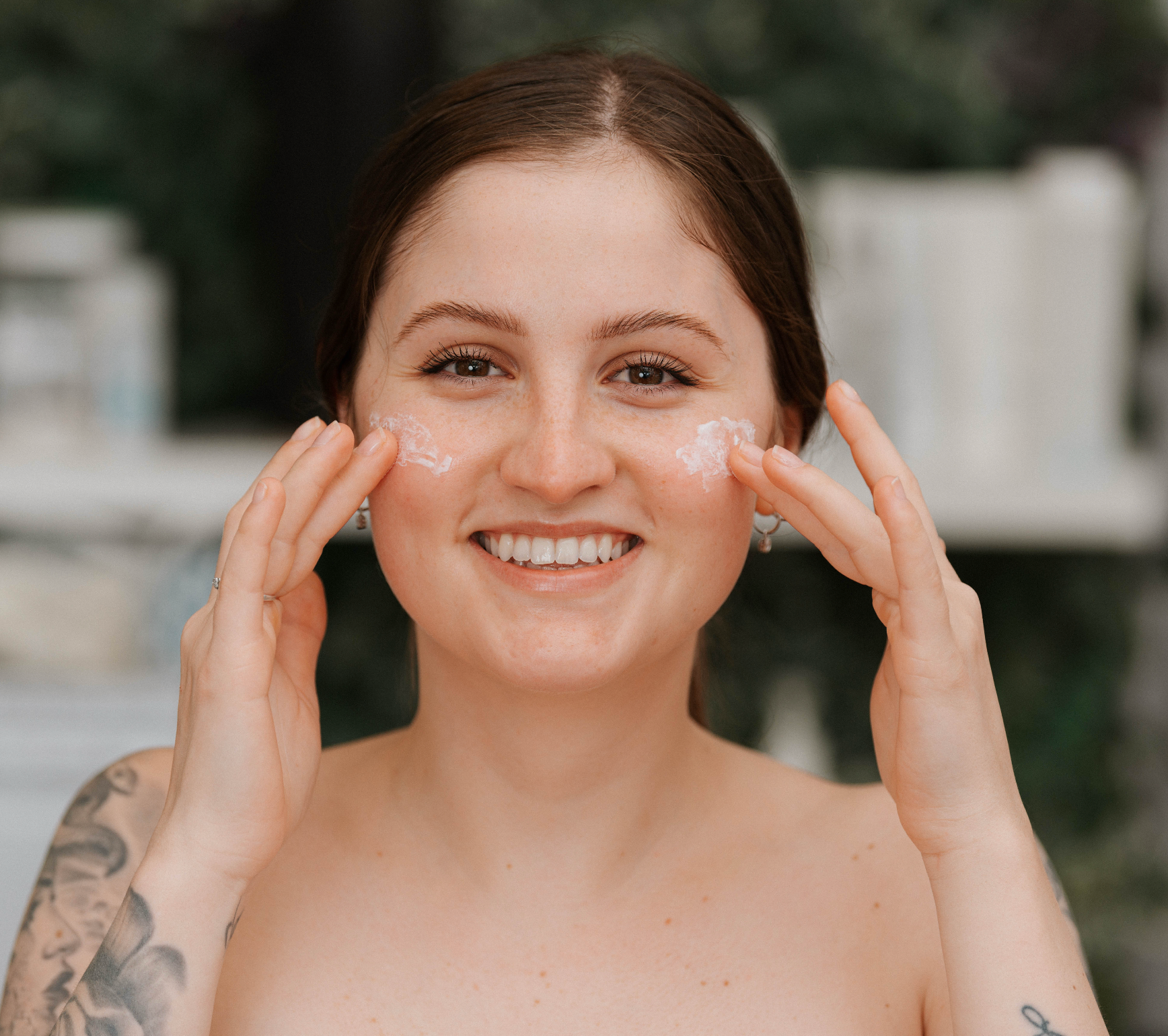
As the season shifts:
- Switch from light gels to soft emulsions or lightweight creams. Still breathable, but better at preventing water loss.
- Reduce clay mask use to once a week maximum. Replace with hydrating or soothing masks if needed.
- Listen to your skin. If it feels tight—add moisture. If breakouts appear—focus on calming ingredients.
My loves, remember: caring for yourself isn't a luxury, it's essential. Your skin is your armor—and your beauty. With the right care and understanding of your skin's needs, we'll keep it glowing and healthy all season long.
Shop our complete range of products designed
Frequently Asked Questions: Fall Skincare for Young Skin
This is super common. Summer sun may have temporarily dried up surface breakouts—but UV exposure also causes hyperkeratinization (thickening of the skin's outer layer). Add in heat-induced increased sebum production, and you get clogged pores that may not be visible initially. Once environmental conditions change and skin begins its natural renewal process, those clogs can manifest as breakouts. The key? Gentle exfoliation, hydration, and anti-inflammatory ingredients.
Yes, and here's why: summer products are often formulated to be more mattifying or oil-controlling, which may over-dry your skin when humidity drops in fall. This can disrupt your skin barrier and potentially trigger compensatory oil production.
Switch to gentle, hydrating cleansers and lightweight moisturizers like gels, fluids, or emulsions. Your skin will feel soothed and balanced.
Absolutely! UV radiation is present year-round—even on cloudy days, up to 80% of UV rays can penetrate clouds. UVA rays (which cause aging and hyperpigmentation) maintain consistent intensity throughout the year. SPF 30+ with broad-spectrum protection is essential every morning, regardless of season.
Fall in the Okanagan often means relative humidity drops to 30-40% (optimal is 40-60%). This low humidity accelerates transepidermal water loss, leading to dehydration, barrier dysfunction, or flakiness. To help:
- Use a humidifier—especially at night (aim for 40-50% humidity)
- Layer hydrating products: serum first, then moisturizer
- Don't forget lip care—keep balm on hand throughout the day
I hope these answers help you feel confident and empowered in your fall skincare journey. And remember—I'm always here to help you choose the perfect products and design a routine that truly works for your individual skin needs. Your skin deserves love, attention, and science-backed care.
About the Author
Megan Lindow is a licensed skincare professional and owner of La Crème de la Crème Skin Care & Luxury Boutique, with locations in Penticton and Westbank, BC. She specializes in creating personalized skincare solutions for the unique climate and lifestyle needs of the Okanagan Valley.

